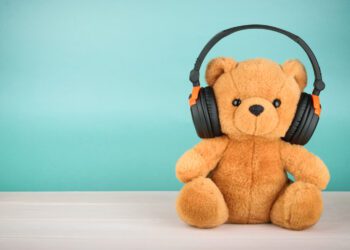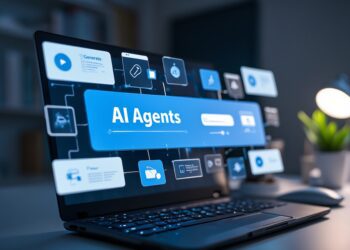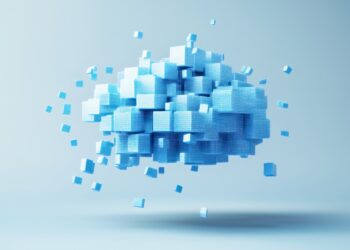Although traditional industrial robots are foundational to automation, they have long been constrained by limited adaptability and high integration costs. Today, the world is entering a new age of robotics defined by intelligence and flexibility powered by the convergence of advanced hardware, artificial intelligence (AI) and vision systems. Together, these advances are unlocking the next frontier of robotics. Approaches such as training methods (reinforcement learning, imitation learning) and multimodal foundation models1 for robotics, as well as dexterous hardware components (e.g. soft grippers, tactile sensors) are enabling robots to handle variability, reason in context and adapt in real time. Simplified deployment, such as through virtual training and intuitive interfaces, is significantly reducing time-to-value and expanding accessibility to small- and mid-sized manufacturers and logistics providers. Throughout this paper, the term “manufacturers” is used as a shorthand to refer to both manufacturers and logistics providers. Such advances lead to three foundational robotics systems that will coexist in the future of industrial operations, together forming a layered automation strategy. These systems are complementary, each suited to specific combinations of task complexity, variability and volume.
- Rule-based robotics, delivering unmatched speed and precision in structured, repetitive tasks (e.g. automotive welding)
- Training-based robotics, mastering variable tasks via reinforcement learning or imitation learning (e.g. adaptive kitting)
- Context-based robotics, capable of zeroshot learning2 and execution in unpredictable processes and new environments (e.g. robot receives, reasons and acts on instructions via natural language)
Automation is expanding opportunities across the entire industrial value chain. Early adopters are already achieving significant results. For example, Amazon, operating the world’s largest robotics fleet, has demonstrated how the integration of mobile robots, AI-based sortation and generative AI-guided manipulators can improve fulfilment centre performance. By orchestrating these autonomous systems, next-generation facilities have realized 25% faster delivery, 30% more skilled roles and a 25% boost in efficiency.3 Similarly, Foxconn applied AI-powered robotics and digital twin simulation to automate high-precision tasks such as screw tightening and cable insertion, previously considered too complex for automation. Through real-time adaptive force control and simulation-based deployment, it cut deployment time by 40% and reduced operational costs by 15%.
However, realizing such outcomes at scale demands more than cutting-edge technology. It requires a future-ready automation strategy that incorporates both technical and organizational foundations:
- Embedding the emerging AI technology stack into the existing industrial toolchain and forging ecosystem partnerships across robotics, AI and manufacturing to ensure interoperability, scalability and continuous innovation
- Workforce transformation through reskilling and upskilling to enable human–machine collaboration, and prepare workers for emerging roles such as robot supervisors, AI trainers and system optimizers.
Manufacturers who act now and embed robotics as a strategic asset will lead the next phase of industrial competitiveness shaping a future in which intelligent automation becomes a cornerstone of sustainable growth, workforce empowerment and systemic resilience.
Read the full article by Kiva Allgood and Daniel Kuepper / World Economic Forum












